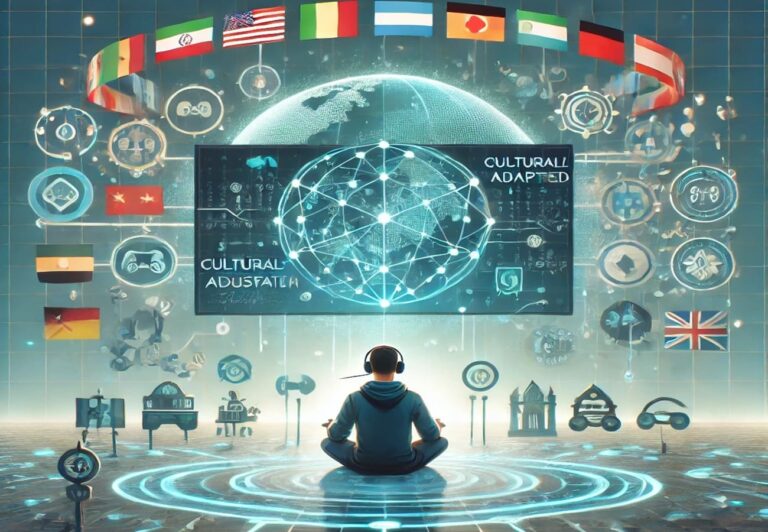Translating Digital Health Apps: The Recipe for Successful Global Expansion
Translating digital health apps is vital for patient confidence. Find out how telemedicine software localisation and IoT medical device translation can improve adoption and compliance with the support of our specialist translation services.
Health Without Borders: The Essential Role of Digital Health App Translation in the Health Revolution
Digital health is transforming the way we access healthcare. From apps that monitor chronic diseases to telemedicine platforms that connect patients and doctors remotely, technology is breaking down barriers and making healthcare more accessible and personalised. However, for this revolution to be truly global, it must overcome one of humanity’s oldest barriers: language.
This is where translation of digital health apps becomes a critical component for success. It is not just a simple translation of menus and buttons; it is an in-depth localisation process that ensures patient safety, app usability and compliance with stringent healthcare regulations. An expansion strategy that does not prioritise high-quality localisation is not only destined for commercial failure, but can put users’ health at risk.
Demand for localisation of telemedicine software has exploded in recent years. As virtual consultations become the norm, platforms must offer a seamless and understandable experience for patients and healthcare professionals from different linguistic and cultural backgrounds. Trust is the foundation of the doctor-patient relationship, and clear communication is its cornerstone.
Beyond the Interface: The Critical Challenges of Localisation in HealthTech
The digital health sector presents unique and high-risk localisation challenges. A mistake that in another industry might be a simple annoyance, in HealthTech can have serious consequences. Key challenges include:
Translation of telemedicine protocols is another highly specialised field. Ensuring that both doctor and patient fully understand the steps of a virtual consultation, remote diagnostic procedures and treatment instructions is vital to the safety and effectiveness of telemedicine.
The Digital Health Localisation Ecosystem
A successful localisation strategy for a HealthTech company must be comprehensive and cover all points of contact with the user and the healthcare professional:
The localisation of health wearables (such as smartwatches or activity bracelets) is a growing market. These devices are constantly collecting health data, and the presentation of this information to the user needs to be clear, motivating and culturally relevant to encourage healthy habits.
Trust as a Competitive Advantage
Investing in high-quality, professional localisation offers significant returns for digital health companies:
In conclusion, the translation of digital health apps and localisation of telemedicine software is not a final step in product development, but an essential component from the start. In an industry where trust and confidence are paramount, investment in quality localisation – supported by professional translation services experts – is the best recipe for healthy and sustainable global expansion.







